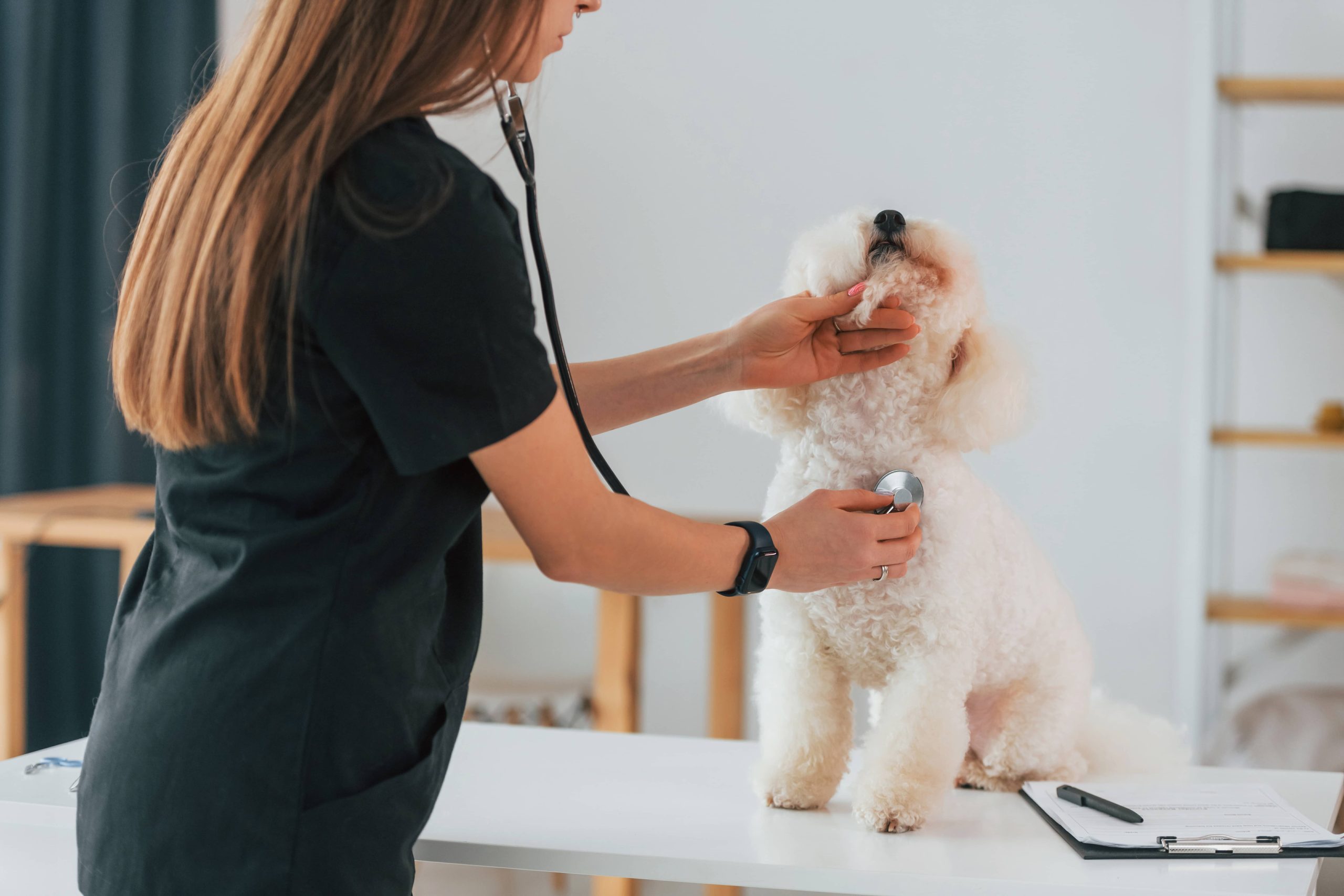
As the warmth of the sun beckons and invites us all outdoors, the excitement of summer adventures is palpable. Whether it’s a trip to the beach, a hike in the hills, or just lounging in the backyard, our pets share in the joys of basking in the sunshine. However, many pet owners might be unaware that our furry companions are susceptible to the same sun-related risks as humans. Yes, pets can get sunburned, and it’s important to shield them from the harmful effects of ultraviolet (UV) rays. In this blog post, we’ll delve into how pets can suffer from sunburn and share essential tips for protecting your beloved animals from the sun’s damaging rays.
Why Pets Can Get Sunburned
Just like humans, pets are vulnerable to sunburn when exposed to the sun for extended periods. However, unlike humans who might be more diligent about applying sunscreen, pets rely on us to keep them safe. Certain factors can increase a pet’s susceptibility to sunburn:
1. Fur Type and Color:
– Pets with thin or light-colored fur (such as white cats and some breeds of dogs) are more prone to sunburn. Their thin coats provide less protection against UV rays.
– Breeds with hairless or sparse fur, like the Chinese Crested Dog, Mexican Hairless Dog (Xoloitzcuintli), and Sphynx cat, are particularly vulnerable.
2. Body Areas:
– Areas with less fur coverage, such as the nose, ears, belly, and groin, are more at risk. Additionally, these body parts often have thinner skin.
3. Behavior and Activity:
– Pets that spend a lot of time outdoors, particularly between 10 AM and 4 PM when UV rays are strongest, have an increased risk of sunburn.
Signs Your Pet May Have a Sunburn
Recognizing the signs of sunburn in pets is crucial for prompt treatment and comfort. Symptoms may include:
– Red or pink skin, often accompanied by swelling or tenderness.
– Dry, cracked, or flaky skin.
– Hair loss in severe cases.
– Blisters or open sores, indicating prolonged and severe sunburn.
– Behavioral changes such as restlessness, whining, or avoiding touch due to pain.
Potential Health Risks
Repeated sunburns can lead to more severe health issues, including:
– Pain and Discomfort: Sunburns can cause significant pain and discomfort, leading to distress in pets.
– Skin Infections: Broken or damaged skin is prone to infections.
– Cancer: Prolonged UV exposure increases the risk of skin cancers, such as squamous cell carcinoma and melanoma.
Sun Protection Tips for Pets
Prevention is always better than cure. Here are some effective ways to protect your pet from sunburn:
1. Limit Sun Exposure:
– Avoid taking your pet outside during peak sunlight hours (10 AM to 4 PM). Early morning or late evening walks are safer.
– Create shaded areas in your backyard with umbrellas, tents, or purpose-built pet shelters.
2. Pet-Safe Sunscreens:
– Use sunscreen specifically designed for pets, as human products may contain ingredients harmful to animals. Zinc oxide, commonly found in human sunscreens, can be toxic if ingested by pets.
– Apply sunscreen to vulnerable areas such as the nose, ears, belly, and groin. Reapply every few hours, particularly after water activities.
– Consult your veterinarian for recommended products and proper application.
3. Protective Clothing:
– Consider purchasing UV-protective clothing for your pet. Pet sun shirts, hats, and protective goggles can provide added protection.
– Ensure clothing is comfortable and fits well to avoid overheating or restricting movement.
4. Regular Grooming:
– Regular grooming helps maintain the optimal length of your pet’s fur, providing natural protection against the sun.
– Avoid shaving pets’ fur too short in the summer months; a trim can help keep them cool while still offering some sun protection.
5. Hydration:
– Ensure your pet has access to fresh water at all times to stay hydrated, reducing the risk of heatstroke and dehydration.
6. Treatment of Sunburn:
– If your pet does get sunburned, offer immediate relief by moving them to a cool, shaded area.
– Apply cool compresses to the affected areas to soothe the skin.
– Avoid using human medications or creams without veterinary guidance, as some substances can be toxic to pets.
– Seek veterinary attention if symptoms persist or if the sunburn is severe.
Conclusion
Our pets rely on us for their well-being, and protecting them from the sun’s harmful rays is part of responsible pet ownership. By being mindful of the risks of sunburn and taking preventive measures, we can help our furry friends enjoy the summer safely. Remembering that prevention is key, let’s ensure our pets have a safe and sunburn-free season filled with joy and health.
From using pet-safe sunscreen and protective clothing to limiting sun exposure during peak hours, a proactive approach can save your pet from the discomfort and dangers of sunburn. Let’s celebrate the sunshine responsibly and make memories that ensure our pets are happy, healthy, and well-protected.
Final Thoughts
Understanding that pets can get sunburned just like humans is crucial for their overall health. By implementing these sun protection tips, we can make a significant difference in our pets’ quality of life, allowing them to enjoy outdoor activities without the risks associated with prolonged sun exposure. Here’s to a sun-safe and fun-filled summer for you and your pets!
—






